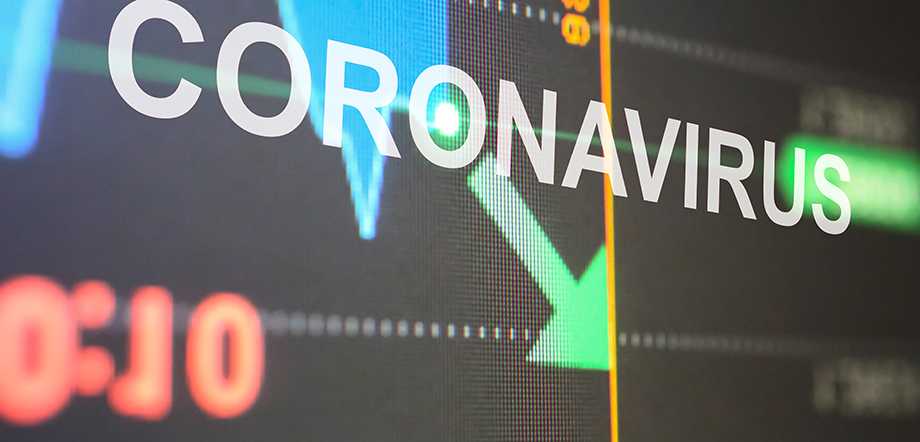Client Alerts
DOT Releases Updated Guidance on Future Regulation of Autonomous Vehicles
October 2018

Client Alerts
DOT Releases Updated Guidance on Future Regulation of Autonomous Vehicles
October 2018
On October 4, amid growing concerns about the safety of testing self-driving vehicles on public roads, the U.S. Department of Transportation (DOT) doubled down with a new guidance, Preparing for the Future of Transportation: Automated Vehicles 3.0 (AV Guide 3.0). In it, DOT signaled its intention to revise federal safety rules that bar from the roads fully self-driving cars without equipment such as steering wheels, pedals, and mirrors. Perhaps more significantly, it addressed for the first time commercial vehicles of all sizes in addition to passenger vehicles. Because of the adverse impact such regulation would have on a huge employment sector, both DOT and the legislature previously had deemed commercial vehicles too contentious to address. In her introductory letter to AV Guide 3.0, U.S. Transportation Secretary Elaine Chao emphasized the importance of preparing for and promoting vehicle automation across every mode.
AV Guide 3.0 calls for the removal of unnecessary barriers to the innovation of autonomous vehicle (AV) technologies, asserting that such technology has the potential to vastly enhance security and increase mobility. It also builds upon (but does not replace) DOT’s Automated Driving Systems: A Vision for Safety 2.0. In AV Guide 3.0, Secretary Chao wrote that automation has the potential to “significantly” reduce traffic crashes and road deaths, but she added, the “public has legitimate concerns about the safety, security, and privacy of automated technology.” Secretary Chao “challenge[d] Silicon Valley and other innovators” to address the concerns.
In AV Guide 3.0, DOT announced six principles for shaping policy on autonomous vehicles:
- Prioritize safety;
- Remain technology neutral;
- Modernize its regulations to eliminate those that unnecessarily impede development or fail to address critical safety concerns;
- Encourage a consistent regulatory and operational environment: Regulatory conflicts among federal, state, and local requirements create confusion, introduce barriers and present compliance challenges;
- Prepare proactively for automation: DOT will provide guidance, best practices, pilot programs, and “other assistance”; and
- Protect and enhance freedoms, including preserving conventional human-operated vehicles while expanding access to transportation choices for the disabled and the older population.
Besides revising Current Federal Motor Vehicle Safety Standards (FMVSS), specific issues that AV Guide 3.0 addresses include the following:
- Given the novelty and sophistication of AV technologies, new safety standards will focus on performance outcomes rather than dictate the means for achieving those outcomes;
- The National Highway Traffic Safety Administration (NHTSA) will retain the current certification process – whereby manufacturers self-certify compliance of their products with applicable standards – and be charged with promoting self-certification with international partners;
- NHTSA will seek comment on changes that would streamline and modernize its procedures for processing applications for exemptions from FMVSS, including eliminating delays associated with seeking public comment to exemption applications;
- NHTSA will seek to implement a national pilot program for the testing and development of AV technology (DOT cancelled the “Automated Vehicle Provider Grounds” the Obama administration adopted); and
- In conjunction with the Labor, Commerce, and Health and Human Services departments, DOT will study the workforce impacts of automated vehicles.
As in past iterations of NHTSA guidance, AV Guide 3.0 highlights the need for cybersecurity and privacy against cyber-attacks. DOT encourages a coordinated effort across the government and private sectors for cyber situational awareness and a unified approach to cyber incidents, including the voluntary exchange of information regarding vulnerabilities and threats.
DOT intends to focus its research resources on (a) developing strategies to remove barriers to innovation; (b) evaluating the impacts of AV technology, especially regarding safety; and (c) addressing market failures and other compelling needs, such as access to transportation for the disabled.
ADDITIONAL INFORMATION
For more information, please contact:
This Client Alert has been prepared by Tucker Ellis LLP for the use of our clients. Although prepared by professionals, it should not be used as a substitute for legal counseling in specific situations. Readers should not act upon the information contained herein without professional guidance.
